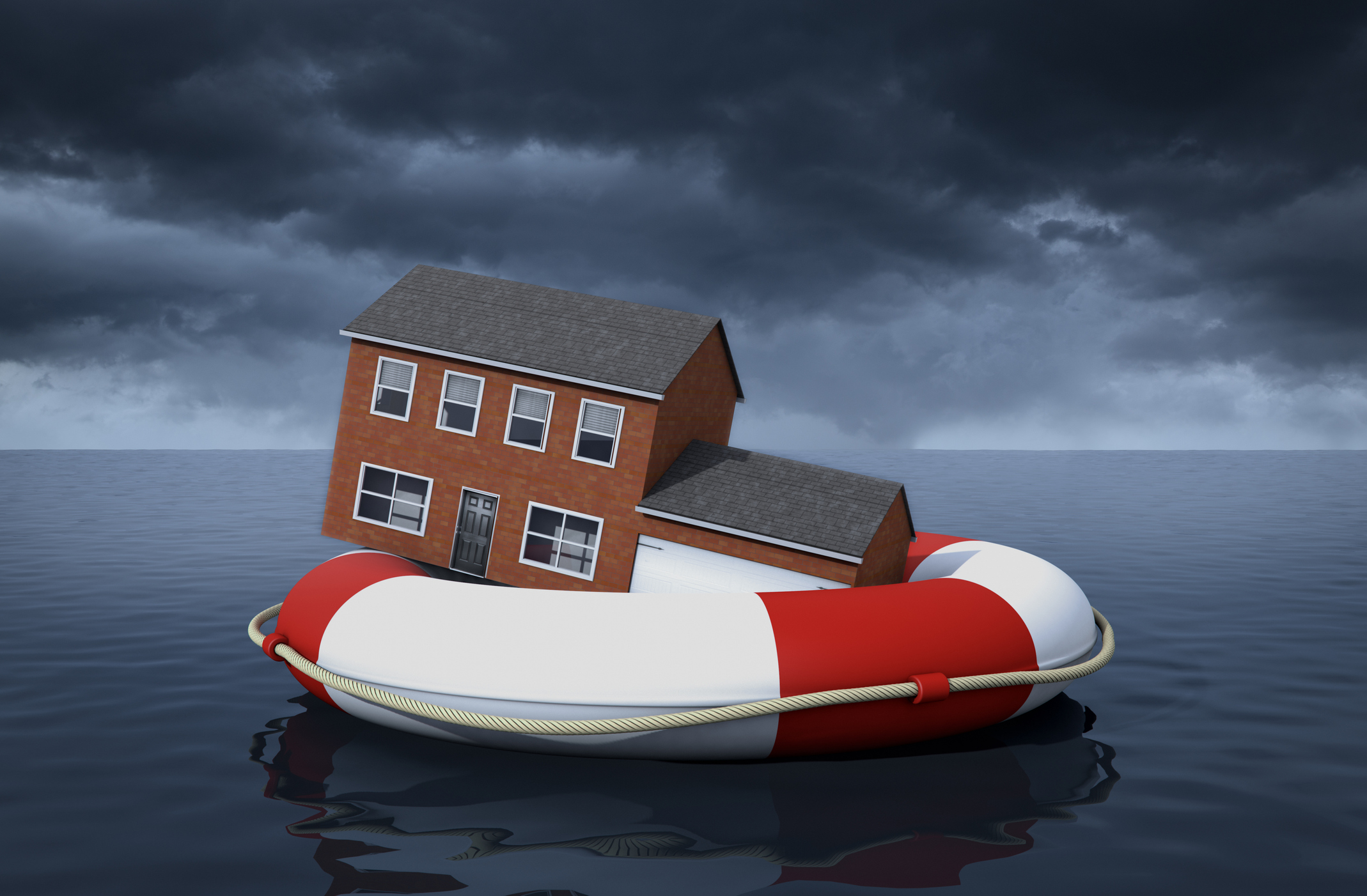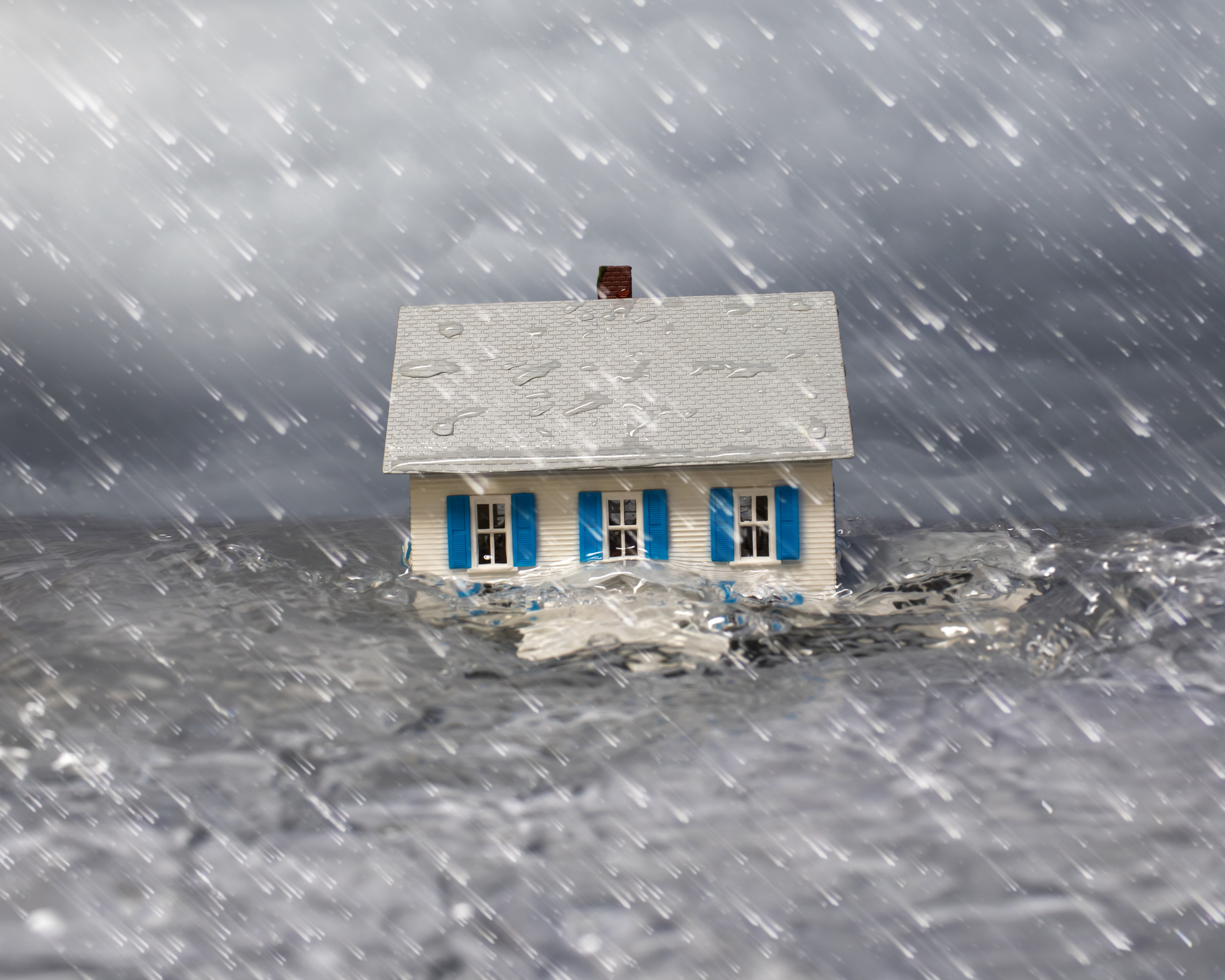How to Find Insurance Coverage in Disaster-Prone Areas
It can be difficult to find insurance in disaster-prone places, but these steps can help.

The past year has seen a surge in catastrophic weather events across the U.S., with Southern California experiencing severe wildfires in January 2025, causing an estimated $150 billion in damage so far and claiming at least 11 lives. Hurricane Milton struck Florida in October 2024, causing $50 billion in damage. Hurricane Helene devastated North Carolina in September with severe flooding. While the South and Midwest have handled heat waves and tornado outbreaks.
It all makes it seem that much more pressing to make sure your insurance coverage is up to date — but for some regions, insurance may be hard to find precisely because of the natural risks typical to the area, making insurance companies averse.
If you live in a state where insurers are leaving the market, you still have options, says Loretta Worters, spokeswoman for the Insurance Information Institute.

Sign up for Kiplinger’s Free E-Newsletters
Profit and prosper with the best of expert advice on investing, taxes, retirement, personal finance and more - straight to your e-mail.
Profit and prosper with the best of expert advice - straight to your e-mail.
If you already have a policy with an insurer that leaves the state, you won’t lose your coverage and should be able to renew it. Worters also says that in most parts of these states, there are still insurers competing for your business.
Finding coverage can be more challenging in a high-risk region, such as a forested area recently hit by wildfires. Worters suggests first contacting a broker representing your area’s remaining insurers.
It’s possible that even if standard policies are unavailable, you could buy something called excess and surplus insurance. These policies charge higher premiums, but that’s not uncommon in high-risk areas. The premium increase is set on a case-by-case basis and depends on the level of risk in your area and your past insurance claims history, Worters says.
To offset the higher premiums, State Farm spokesman Dave Phillips recommends taking every risk-mitigation step possible, such as rebuilding your roof with fire-resistant materials and maintaining a defensible zone around your property by removing leaves, debris and other flammable materials. You may qualify for an insurance discount while protecting your home.
Finally, if you can’t buy from private insurers, state agencies such as the California FAIR Plan and Citizens Property Insurance in Florida operate as insurers of last resort. The FAIR Plan, for example, offers a basic policy that pays for damages caused by fire, lightning and smoke, Worters says.
However, these plans are expensive and offer less coverage. The California FAIR Plan costs three to four times the price of a typical homeowners policy and doesn’t include coverage for standard risks, such as earthquakes, theft and personal liability.
Note: This item first appeared in Kiplinger's Personal Finance Magazine, a monthly, trustworthy source of advice and guidance. Subscribe to help you make more money and keep more of the money you make here.
Related Content
Get Kiplinger Today newsletter — free
Profit and prosper with the best of Kiplinger's advice on investing, taxes, retirement, personal finance and much more. Delivered daily. Enter your email in the box and click Sign Me Up.

David is a financial freelance writer based out of Delaware. He specializes in making investing, insurance and retirement planning understandable. He has been published in Kiplinger, Forbes and U.S. News, and also writes for clients like American Express, LendingTree and Prudential. He is currently Treasurer for the Financial Writers Society.
Before becoming a writer, David was an insurance salesman and registered representative for New York Life. During that time, he passed both the Series 6 and CFP exams. David graduated from McGill University with degrees in Economics and Finance where he was also captain of the varsity tennis team.
- Alexandra SvokosDigital Managing Editor
- Carla AyersE-Commerce & Personal Finance Editor
-
 6 Stunning Waterfront Homes for Sale Around the US
6 Stunning Waterfront Homes for Sale Around the USFrom private peninsulas to lakes, bayous and beyond, Kiplinger's "Listed" series brings you another selection of dream homes for sale on the waterfront.
By Charlotte Gorbold Published
-
 Six Reasons to Disinherit Someone and How to Do It
Six Reasons to Disinherit Someone and How to Do ItWhether you're navigating a second marriage, dealing with an estranged relative or leaving your assets to charity, there are reasons to disinherit someone. Here's how.
By Donna LeValley Published
-
 Should You Get Auto or Home Insurance Through Costco?
Should You Get Auto or Home Insurance Through Costco?Costco members can access discounted insurance through Connect by American Family — but is it really a better deal?
By Paige Cerulli Published
-
 How to Lower Home Insurance Rates When Climate Change Increases Costs
How to Lower Home Insurance Rates When Climate Change Increases CostsA top insurer warns the damage climate change causes is making it cost-prohibitive for insurers in some areas. Learn how to protect your home and lower costs.
By Sean Jackson Published
-
 Four Things You Can Do If Your Home Insurance Is Canceled or Not Renewed
Four Things You Can Do If Your Home Insurance Is Canceled or Not RenewedDon't panic — here's how to understand your notice, switch coverage and protect your home after a policy nonrenewal or cancellation.
By Ben Luthi Published
-
 See How Much Auto Tariffs Could Raise Your Car Insurance Rates
See How Much Auto Tariffs Could Raise Your Car Insurance RatesPresident Donald Trump issued a 25% tariff on all car imports. See how this tariff impacts the cost of your car insurance.
By Sean Jackson Last updated
-
 These Eight States Have the Most Expensive Home Insurance in 2025
These Eight States Have the Most Expensive Home Insurance in 2025If you live in one of these eight states, you’re probably paying $1,000 or more above the national average for home insurance.
By Rachael Green Published
-
 ABLE Account: A Savings Tool to Empower People With Disabilities
ABLE Account: A Savings Tool to Empower People With DisabilitiesAn ABLE account can improve quality of life for individuals with a disability — it permits tax-free saving for ongoing expenses without jeopardizing benefits.
By Ella Vincent Published
-
 20 Ways to Clean Up Your Finances This Spring
20 Ways to Clean Up Your Finances This SpringSpring cleaning is therapeutic and stops costly problems from building up around the home. Why not tackle the dusty corners of your finances at the same time?
By Lisa Gerstner Published
-
 Planning Summer Travel? Use These Strategies
Planning Summer Travel? Use These StrategiesTo save money on summer travel, book your tickets well ahead of time, use technology and avoid popular destinations.
By Sandra Block Published